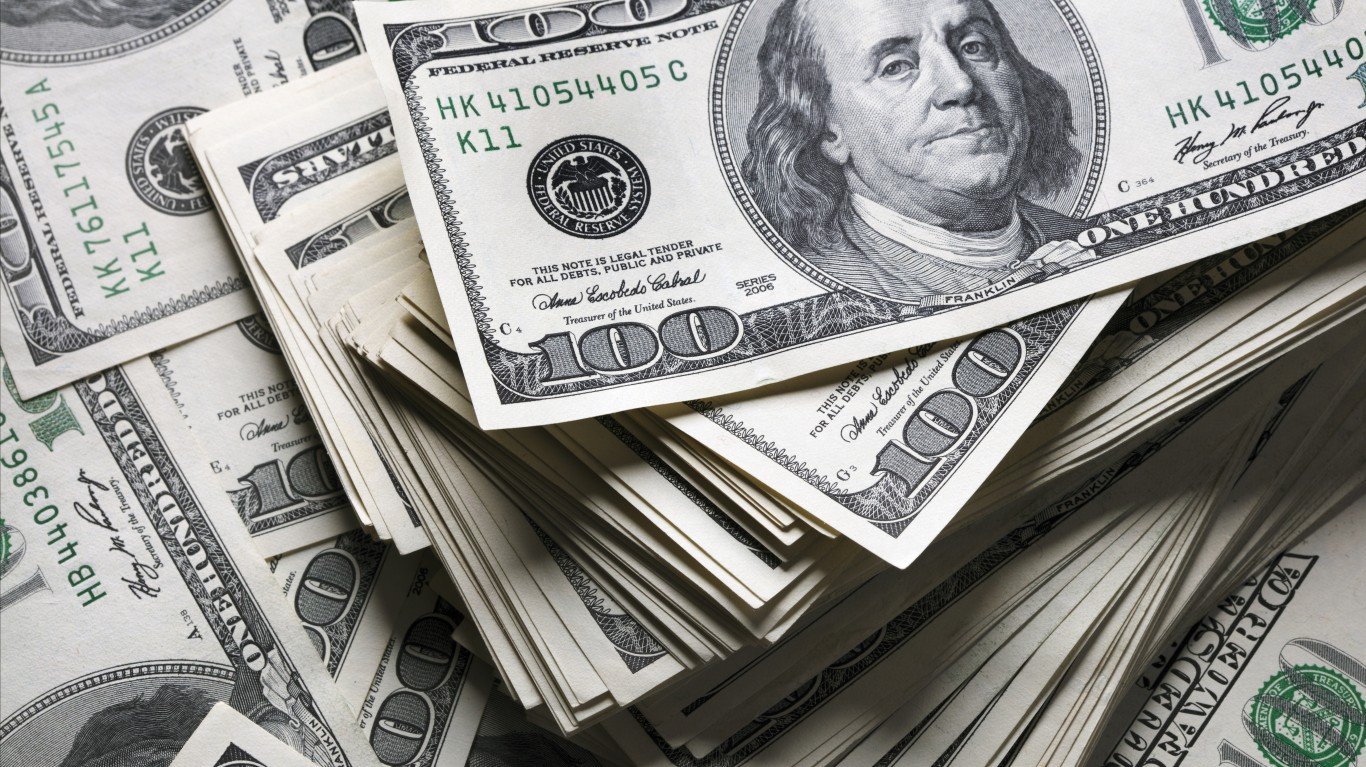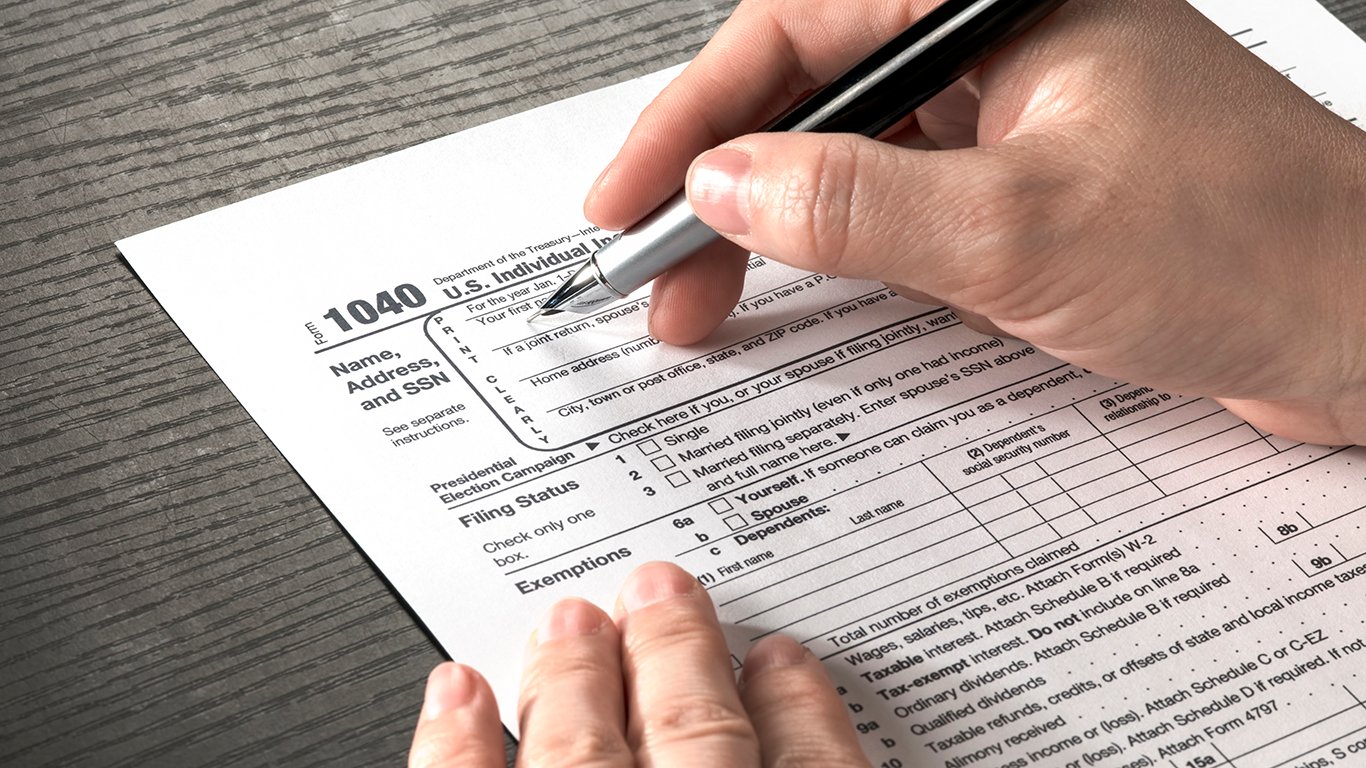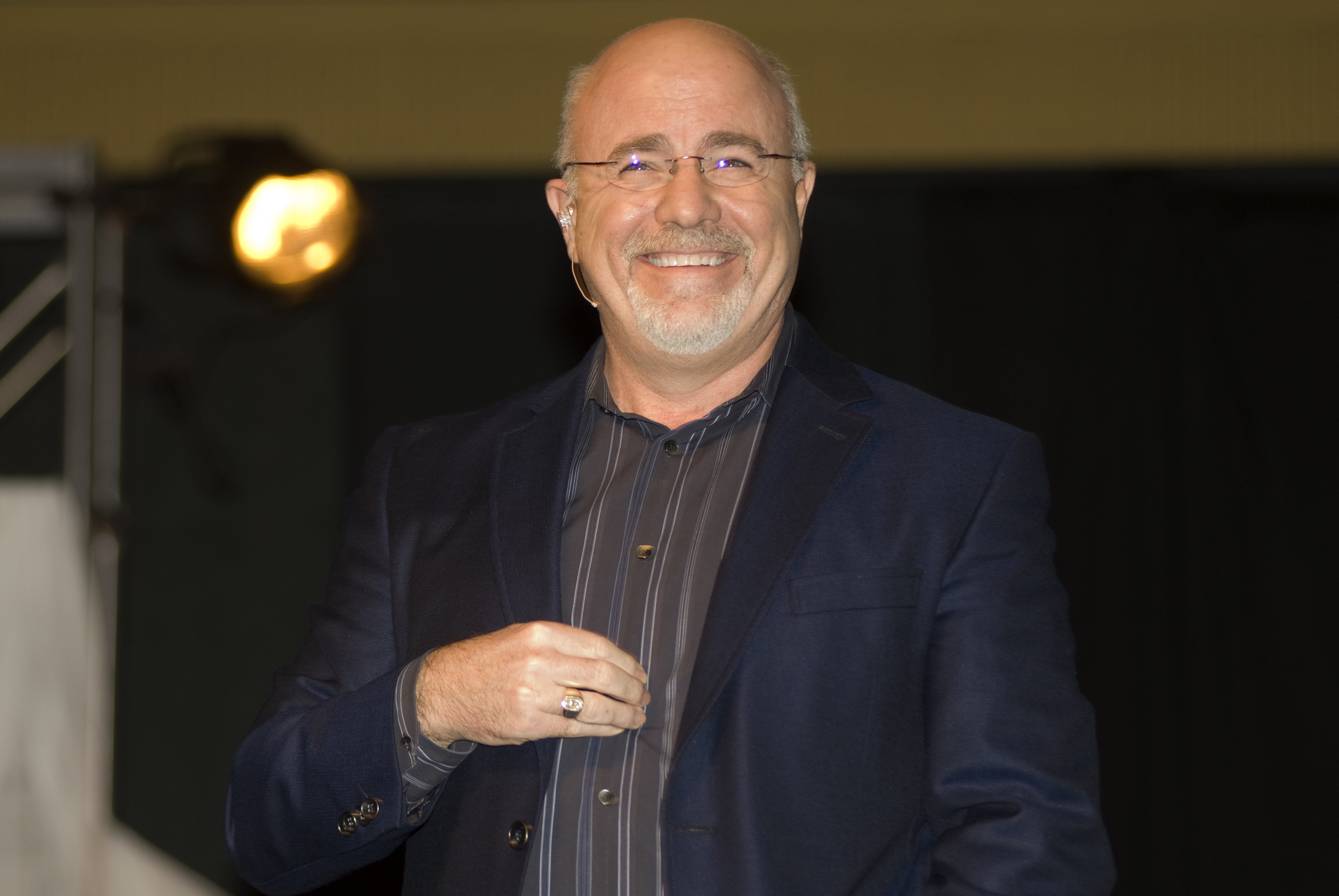

It seems hard to imagine that Fannie Mae (FNMA) and Freddie Mac (FMCC) both actually might exit from government conservatorship. More than a decade later, and one instant recession later, it is still up for debate as to whether Fannie and Freddie, and the U.S. mortgage market as a whole, are better off as government-sponsored entities or they should be standalone operations without any government backstop to support the U.S. mortgage market.
Just a week earlier, Fannie Mae and Freddie Mac shares rallied after the Federal Housing Finance Agency (FHFA) released a new capital framework for the GSEs that would include risk-based capital, leverage ratio requirements and capital buffers. Another boost came from looking to hire a financial advisory firm to implement this recapitalization process.
The private markets are going to have to commit tens of billions of dollars for this implied parental guidance to end. The FHFA conservatorship from 2008 followed a $190 billion government bailout to prevent failure during the mortgage crisis at the time. Since then, Fannie Mae and Freddie Mac have sent back over $300 billion in the form of dividends to the U.S. Treasury.
With tens of billions of new capital coming to effectively privatize these GSEs, is it possible that one or both of the future Fannie Mae and Freddie Mac will be able to pay dividends to their shareholders? Nomura/Instinet’s Matthew Howlett believes that the company will be capitalized and he sees at least Fannie Mae paying a dividend.
Howlett now expects Fannie Mae to raise $55 billion of capital in the summer of 2021. He sees $15 billion coming from newly issued shares, another $30 billion in mandatory convertible preferred stock, and another $10 billion in non-cumulative preferred stock. Howlett further sees the 2021 capital raise potentially being followed by three additional preferred stock offerings of $10 billion each in 2022 and 2023 and a larger $20 billion in 2024. His report said:
Our model forecasts that Fannie will enter the capital raise with $20 billion of statutory capital post the full write-down on the Treasury’s senior preferred stock and then generate $54 billion of internal capital over the following 12 quarters. Fannie Mae will likely reach $174 billion of capital by the third-quarter of 2024 (includes 10% buffer) and then become a dividend paying company.
Howlett’s price target of $5 on Fannie Mae has not been revised, but this still implies that the shares could double in time. And longer-term, with a dividend in hand, Howlett sees the case for Fannie Mae shares to even reach $9 out in 2024.
Fannie Mae and Freddie Mac have very few analysts willing to issue Buy, Sell or Hold ratings on their stocks. After all, they are nearly impossible to evaluate by most armchair investors using traditional balance sheets and forecasts as things stand today.
In early April, right after the stock market’s panic selling wave had ended, a competing analyst call from B. Riley FBR turned rather negative on Fannie and Freddie. The firm’s Randy Binner cited significant unintended consequences for mortgage insurers under the Coronavirus Aid Relief and Economic Security (CARES) Act. Both stocks were downgraded to Sell from Neutral, and the $2 price targets on each were cut to $1.
While it would be easy to focus on analyst calls and wild upside or downside price targets, there is another issue that should be considered by investors looking out to when Fannie Mae and Freddie Mac are no longer under government conservatorship. The government decided to offer mortgage forbearance for up to 12 months for some borrowers who were economically affected by the coronavirus. How would a move like that work if these companies were forced to operate under those circumstances in the next recession? It almost sounds like a forced bankruptcy on paper, and maybe yet another conservatorship potential.
Investors have every right to question any upside and any downside in Fannie Mae and in Freddie Mac. Many would argue that private markets should be in charge of the national mortgage market for “conforming” loans, just like the private market handles higher mortgages in the so-called jumbo loans. Will the Federal Reserve want to (or be able to) purchase mortgage-backed securities issued by private issuers without any agency backing at all in the next recession? What happens if the entire private financial sector seizes up again like it did during the Great Recession a decade ago and the new COVID-19 recession?
There are many issues to consider, on the upside and on the downside. It will be exciting to see what will amount to a major privatization of these GSEs over the next year or so. There may be some bumps along the way, and there are still many questions that need to be answered about what happens to the U.S. mortgage market when the next recession comes and the recession after that, if these entities are public companies all on their own with no public backstop.
Shares of Fannie Mae traded more or less flat at $2.18 on Thursday, in a 52-week range of $1.26 to $4.23. Freddie Mac shares were up a penny per share at $2.17, and the 52-week range is $1.20 to $4.04.
Essential Tips for Investing: Sponsored
A financial advisor can help you understand the advantages and disadvantages of investment properties. Finding a qualified financial advisor doesn’t have to be hard. SmartAsset’s free tool matches you with up to three financial advisors who serve your area, and you can interview your advisor matches at no cost to decide which one is right for you. If you’re ready to find an advisor who can help you achieve your financial goals, get started now.
Investing in real estate can diversify your portfolio. But expanding your horizons may add additional costs. If you’re an investor looking to minimize expenses, consider checking out online brokerages. They often offer low investment fees, helping you maximize your profit.
Thank you for reading! Have some feedback for us?
Contact the 24/7 Wall St. editorial team.



